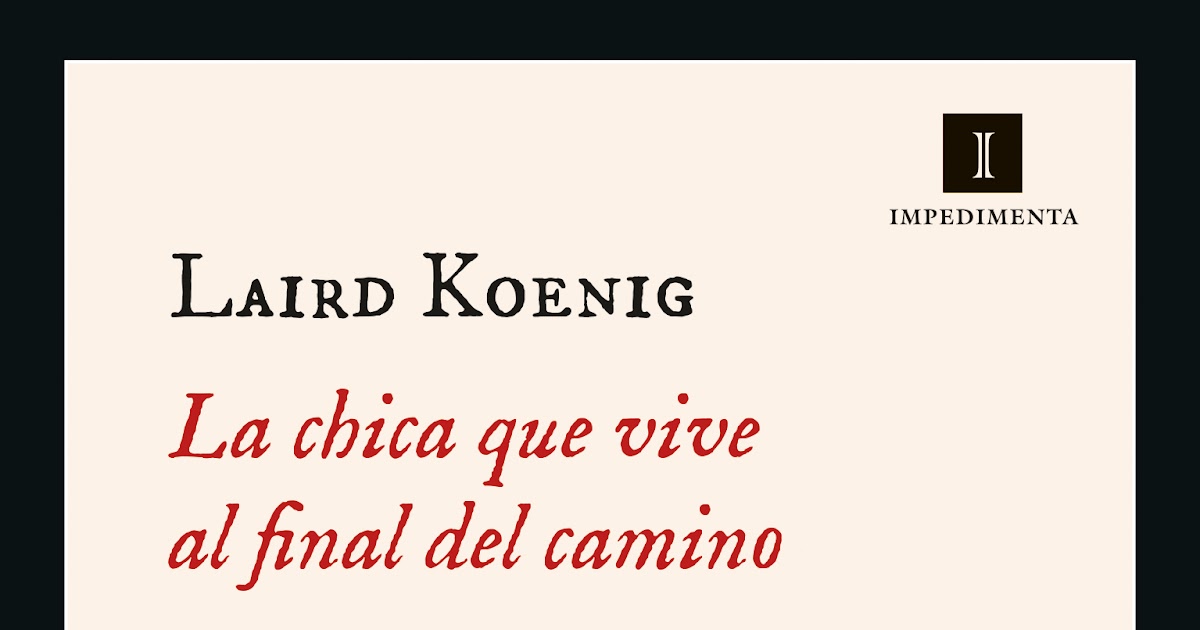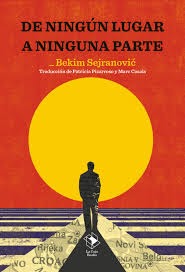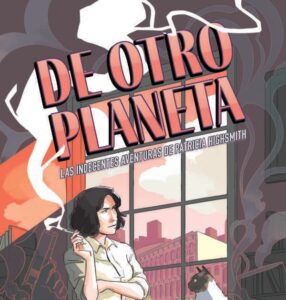
Original title: The little girl at the end of the road
Translation: John Bilbao
Year of publication: 1973
Valuation: recommendable
Although The girl who lives at the end of the roadby Lair Koening, is easily ascribable to the mystery “thriller” or the American Gothic, it is also a very “sui generis” novel of formation and romance.
What is it about? Rynn just turned thirteen and is celebrating alone at her rental house. Nobody knows much about her; It’s just that she comes from England, she barely speaks, she is distrustful, she avoids inopportune visitors and cashes traveler’s checks. Her father hasn’t been seen in town for a while, and the neighbors are starting to ask questions. One day she will meet Mario, a lame boy who likes to do magic. Together they will confront Frank Hallet, a local pedophile who, thanks to the influence of his mother, is untouchable.
Among the many virtues of The girl who lives at the end of the roadI would highlight the following:
- It successfully mixes various genres.
-
It is structured in chapters that are as short as they are addictive.
-
His story unfolds with surprising fluidity, but at all times he knows when to slow down the pace.
-
Koening correctly doses the information, expands the mystery, plays with the reader’s expectations, makes you fond of the protagonists and makes certain scenes have an emotional impact.
-
The characterization of Rynn (mature, intelligent, calculating, with refined tastes, but without ceasing to be a girl) is very successful. She has also convinced me of her eventual development, which is transmitted to us in an organic and credible way.
-
Mario, who is a little older than Rynn, complements her perfectly, and even acts as a counterpoint that catalyzes her arc of growth.
-
Frank Hallet manages to establish himself as a sinister and threatening character, whose plausibility is scary.
-
The dialogues, full of dialectical battles, ambiguities, double meanings, sarcasm, etc…, are entertaining while advancing the plot and characterizing the interlocutors.
-
There are a couple of brilliant scenes in terms of tension or horror.
-
Ironic stitches x-ray the society of the time (especially its corruption, classism and racism); Also the differences between England, the United States and their respective inhabitants give the author a lot of play.
-
Its ending is technically open, in the sense that it does not insult the reader’s intelligence, but at the same time it closes the novel.
I would only have a couple of niggles The girl who lives at the end of the road:
- At certain moments you have to suspend disbelief to accept certain events. For example, that both Rynn and Mario are so smart and decisive, or that they can fool a police officer who has proven to be extremely competent and attentive.
- The romance presented in these pages seems somewhat forced to me.
Originally, Koenig conceived The girl who lives at the end of the road as a play; After its literary success, he also scripted it. Without having seen the acclaimed film adaptation, I dare say that it probably doesn’t add much to those who have read the novel. Furthermore, the film starring Martin Sheen and a very young Jodie Foster makes a couple of decisions, as I understand it, that dilute the malrollism and perversity that its literary counterpart emanated.
Source: https://unlibroaldia.blogspot.com/2023/11/laird-koenig-la-chica-que-vive-al-final.html


